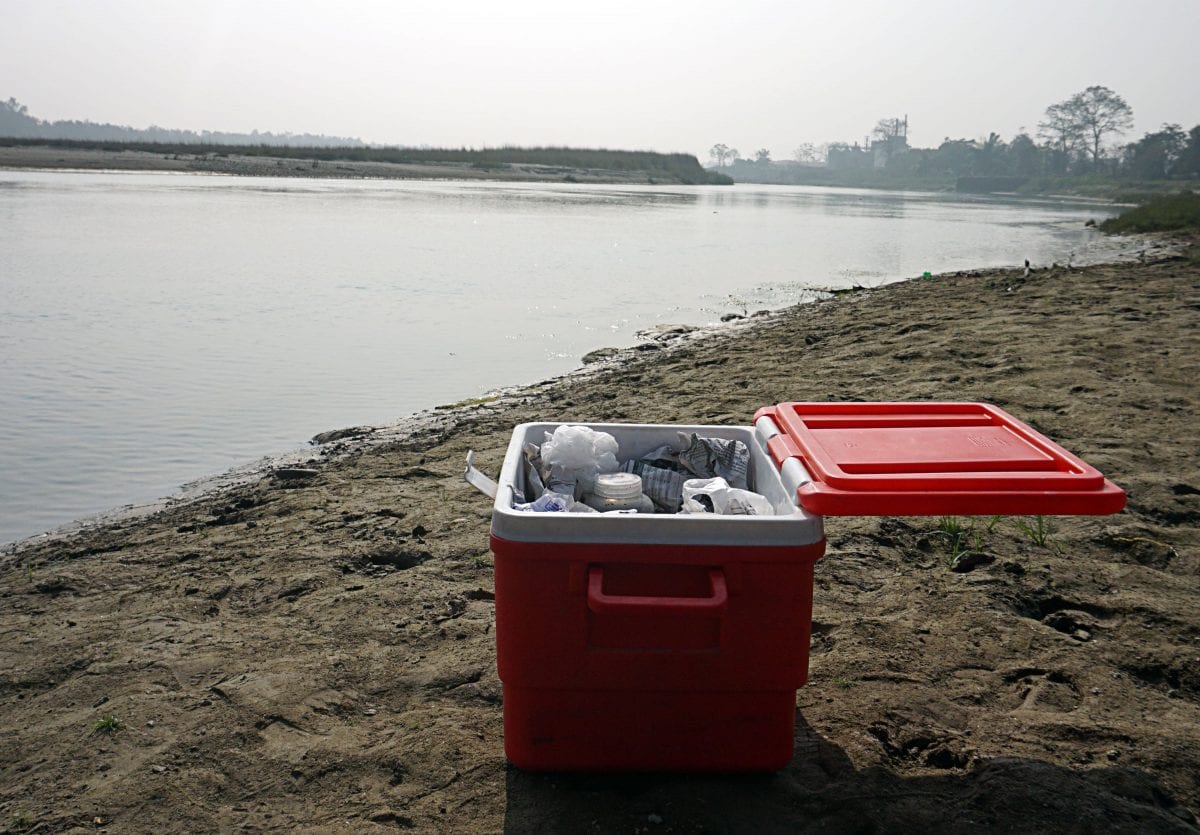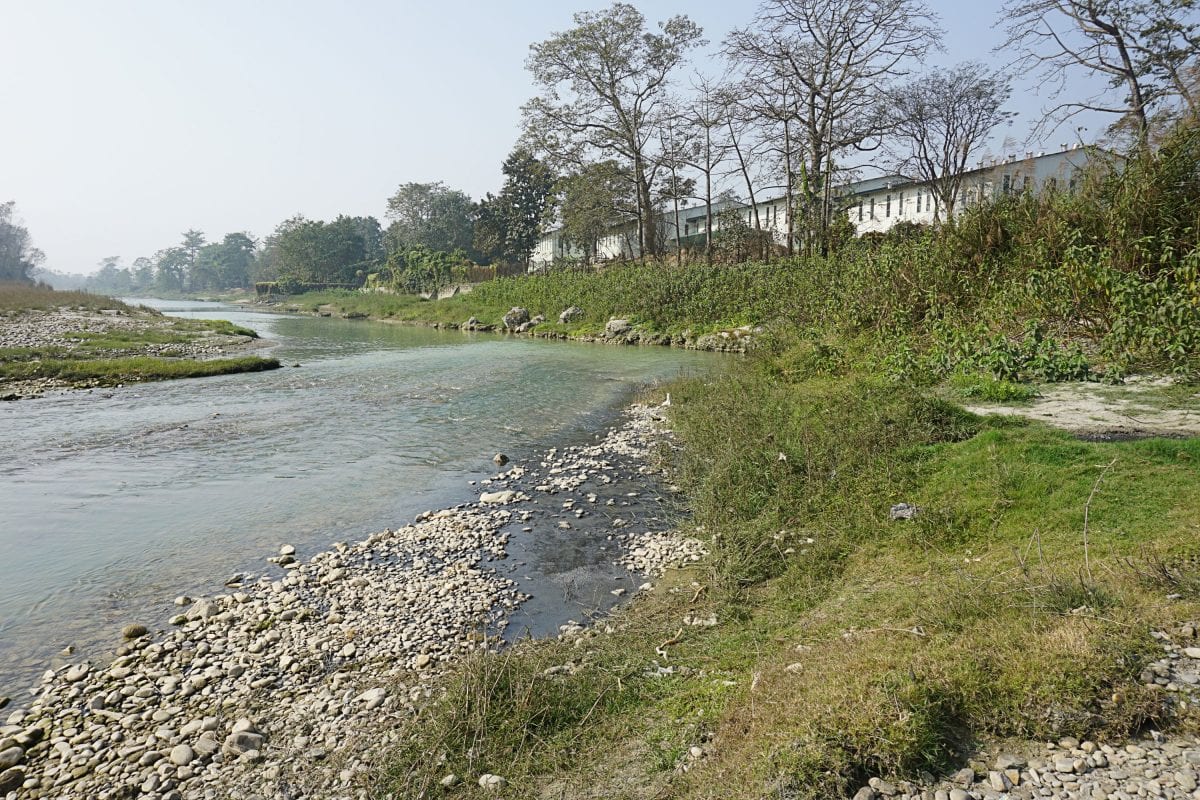En Danwatch-undersøgelse
| Ida Dalgaard Steffensen |
| Mathilde Rønnow Researcher |
Redaktør: Louise Voller
| Ida Dalgaard Steffensen |
| Mathilde Rønnow Researcher |
Redaktør: Louise Voller
In danish?
Dead fish in the river. Crops and laundry covered in soot. And black, thick smoke from the smokestacks of the brewery. This is everyday life for poor small-scale farmers in Nepal neighbouring up to Carlsberg’s brewery, which is backed by Danish development funds, and is now dominating the beer market in Nepal.
Nepal is not the only place where there is a downside to Carlsberg’s international expansion. In recent years Carlsberg breweries have polluted its surroundings in Laos, Malawi and China.
Carlsberg acknowledges that they used to have problems with air and water pollution near the brewery in Nepal. They claim that the problems have been corrected after they upgraded the facility’s water purifying plant and educated their employees in how to avoid soot particle pollution.
“We can confirm that the water from the brewery is within the maximum permissible value and has been satisfactorily cleaned. We have no indications of soot particle pollution from the brewery today”, says Kasper Elbjoern, Media Director at Carlsberg.
Yet, water samples collected in December 2017 and March 2018 show otherwise.
The river is polluted
Collaborating with the Danish Broadcasting Corporation (DR), Danwatch have collected water samples near the brewery, which indicates that a massive pollution into one of the biggest rivers in the country is caused by the Carlsberg brewery. The river is also home to numerous species threatened by extinction.
Danwatch have presented the laboratory tested waste water to experts:
“With reservations to the quality of the water sample and the analysis, the sample shows that there is a source of pollution and that wastewater is being released into the river,” says Hans Christian Bruun Hansen, a professor of Environmental Chemistry at the University of Copenhagen.
“The tests show, that the river is contaminated in connection with the brewery and there is a risk that fish will die from lack of oxygen. The production would most likely had been terminated immediately, had this occurred in Denmark,” says Henrik Rasmus Andersen, a professor and wastewater expert at the Technical University of Denmark (DTU).
Water samples show pollution at Carlsberg-brewery in Nepal
Danwatch and P1 Orientering has collected water samples from the Narayani-river, before and after the Carlsberg brewery’s discharge of waste water. We have sampled the water in December 2017 and in February 2018. Both tests indicates, that the brewery is discharging waste water above the permitted levels of BOD and ammonia, which are two measurements for water pollution.

Water sample 1

Sampled upstream, before the brewery’s discharge of waste water.
Test result December 2017:
Amonia: 0,61 MG/L
BOD: 20 MG/L
Test result February 2018:
Amonia: 0,16 MG/L
BOD: < 0,5 MG/L
Water sample 2:

Sampled downstream, after the brewery’s discharge of waste water.
Test result December 2017:
Amonia: 6,2 MG/L
BOD: 84 MG/L
Test result February 2018:
Amonia: 8,5 MG/L
BOD: 360 MG/L
“The production would most likely be terminated immediately, had this occurred in Denmark.”
Henrik Rasmus Andersenprofessor and waste water expert at the Technical University of Denmark (DTU)
Risk of respiratory diseases
Based on photos of soot on crops and smoke from the brewery’s smokestack, three Danish experts say that the brewery is also the main source behind damaging air pollution.
“There is, no doubt, a soot particle pollution from the brewery,” says Jane Frølund Thomsen, leading doctor at The Department of Occupational Medicine at Bispebjerg Hospital.
“This type of pollution leads to the risk of respiratory problems such as asthma, COPD and bronchitis, and in the long term an increased risk of lung cancer and cardiovascular diseases,” says Erik Jørs, an associate professor in Occupational and Environmental Medicine at The Southern University of Denmark.

